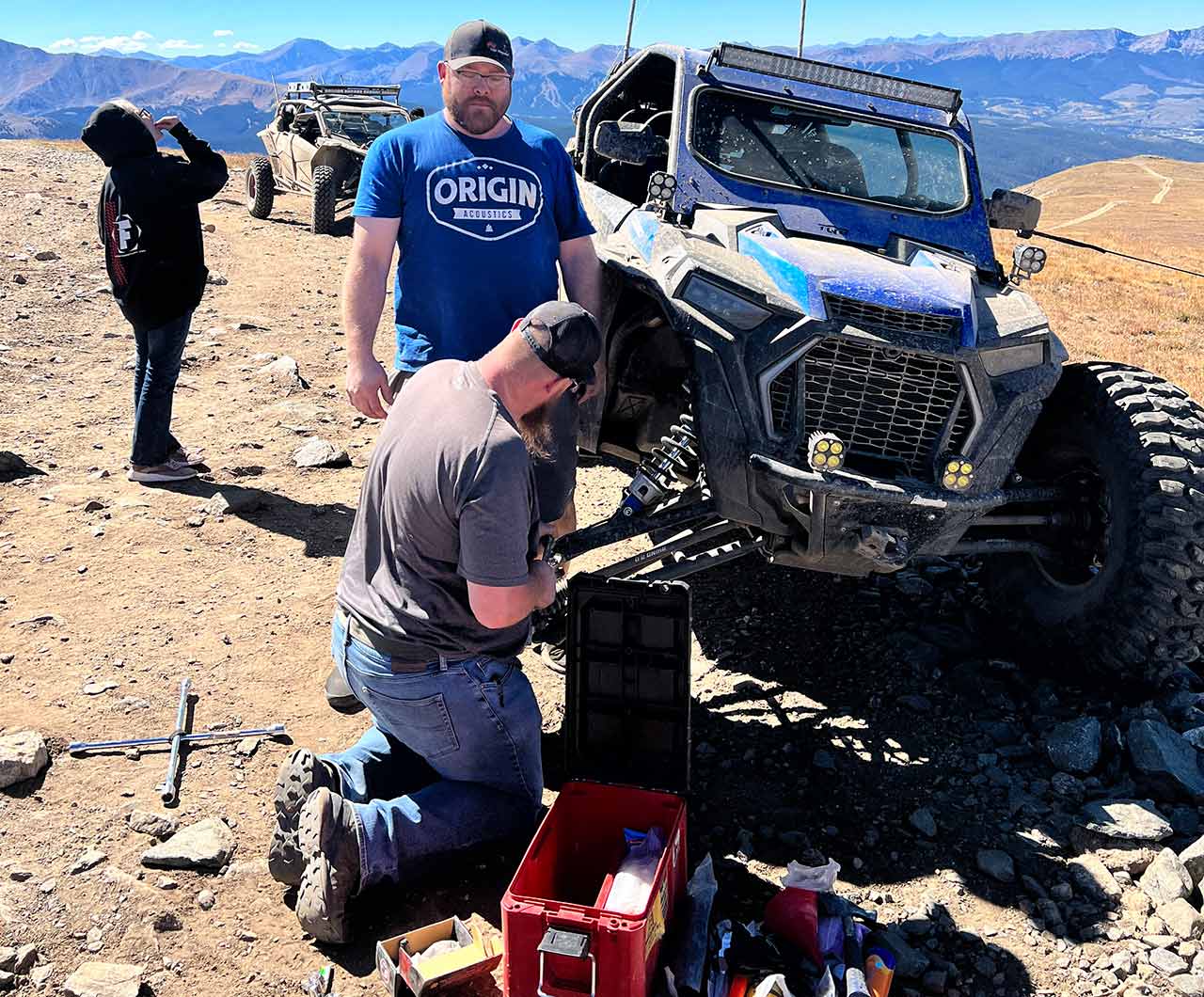In today’s fast-paced off-road environment, UTV owners must recognize and address unusual sounds that can affect both safety and performance. Knowing what to listen for and how to respond ensures that you stay one step ahead of potential problems, maintaining both your confidence on the trail and the longevity of your side-by-side.

Understanding Common UTV Noises: What You Need to Know
When your UTV emits unexpected squeaks, rattles, or knocks, it often indicates underlying issues that deserve your attention. Identifying these noises early can prevent expensive repairs down the road and keep you safer on every ride. Check out our UTV noises riding techniques resource for more insights into optimizing your overall off-road experience.
Squeaking or Squealing Sounds
Brake pads, wheel bearings, and suspension points are common culprits when you notice high-pitched squeaks:
- Brakes: If you hear a sharp squealing noise when applying brakes, it could mean the pads are wearing out.
- Wheel Bearings: Persistent squeaking even when brakes aren’t applied may point to damaged or dry bearings.
- Suspension Bushings: Squeaky suspension can result from dry or worn bushings and pivot points.
Rattling or Clunking Underneath
Often coming from the undercarriage or drivetrain, rattling or clunking typically signals:
- Loose Skid Plates or Fasteners: Bolts and brackets can vibrate out of position, causing metal-on-metal chatter.
- Drive Shaft or CV Joints: Worn or failing components in the drivetrain can produce pronounced clunks under acceleration.
- Exhaust Shield: Loose or damaged heat shields and exhaust brackets can rattle against the chassis.
Knocking or Pinging from the Engine
A knock, ping, or steady tapping sound usually points to:
- Engine Detonation: Using incorrect fuel octane or having timing issues can lead to knocking within the combustion chamber.
- Valve Train Noise: Lifters, rocker arms, or cam-related parts may need adjustment or replacement.
- Connecting Rod Bearings: A deeper knock may signal serious internal engine wear.
Key Techniques for Addressing UTV Noises
If you notice unusual noises during rides, these techniques can guide you toward identifying and resolving the issue. Equip yourself with the right UTV noises safety equipment to ensure you stay safe when inspecting or fixing your vehicle.
- Check Brake Pad Wear – Worn pads or a misaligned caliper can cause squealing. Inspect pads for thickness; if they’re too thin, replace them promptly.
- Inspect the Drive Belt Tension – An excessively loose belt can slip and generate a buzzing sound, while an overly tight belt can lead to premature wear and whining noises.
- Evaluate Suspension Components – Look for cracked or worn bushings, loose bolts, or bent shock mounts. Proper lubrication at pivot points can curb squeaks and creaks.
- Investigate Exhaust and Intake – Damaged exhaust gaskets or heat shields often produce rattles. Similarly, a loose or clogged intake may create whistling or wheezing sounds.
Putting it into Practice: Steps for Noise-Free Rides
Implement these steps to address and prevent pesky sounds, enhancing both performance and peace of mind. For more tips, check out our UTV noises riding tips for comprehensive guidance and best practices.
- Perform a Quick Visual Inspection – Before every ride, quickly scan critical areas—brakes, belts, exhaust, and suspension—for obvious damage or looseness.
- Go for a Safe Test Run – Notice if the noise changes when braking, accelerating, or turning. This will help pinpoint the possible source.
- Check Fluid Levels and Lubrication – Low engine or differential oil, along with insufficient lubrication on moving parts, can exacerbate grinding or knocking sounds.
Best Practices for Preventing UTV Noises
Staying proactive is the key to sidestepping unwanted noises and potential breakdowns:
- Schedule Regular Maintenance: Frequent inspections by a professional or trained enthusiast keep parts in top shape.
- Use Quality Parts and Lubricants: Subpar components and fluids wear out faster, often introducing squeaks or rattles.
- Monitor Terrain Impacts: Riding in rocky, muddy, or extremely dusty conditions accelerates wear and tear; clean and lubricate promptly afterward.
- Tighten Fasteners Periodically: Vibrations naturally loosen bolts and screws over time. Address them before they lead to major rattling issues.
Seeking Further Improvement and Expert Guidance
If persistent knocking, clunking, or squealing remains unsolved after your initial checks, it’s time to seek UTV noises professional guidance. Severe damage or advanced mechanical failures need an expert’s touch to ensure proper diagnosis and repair.
Keep learning by practicing regular checks and staying alert to new sounds. The more familiar you become with your UTV’s normal operation, the quicker you’ll detect and address any abnormalities.
Main Points to Remember
- Promptly addressing odd sounds preserves your UTV’s performance and your safety.
- Common culprits include worn brake pads, damaged driveline components, loose fittings, and improper lubrication.
- Regular maintenance, quality parts, and a keen ear for change are your best lines of defense.
By staying aware of new or unusual UTV noises and responding confidently, you’ll not only enhance your riding experience but also save time and money in the long run.
